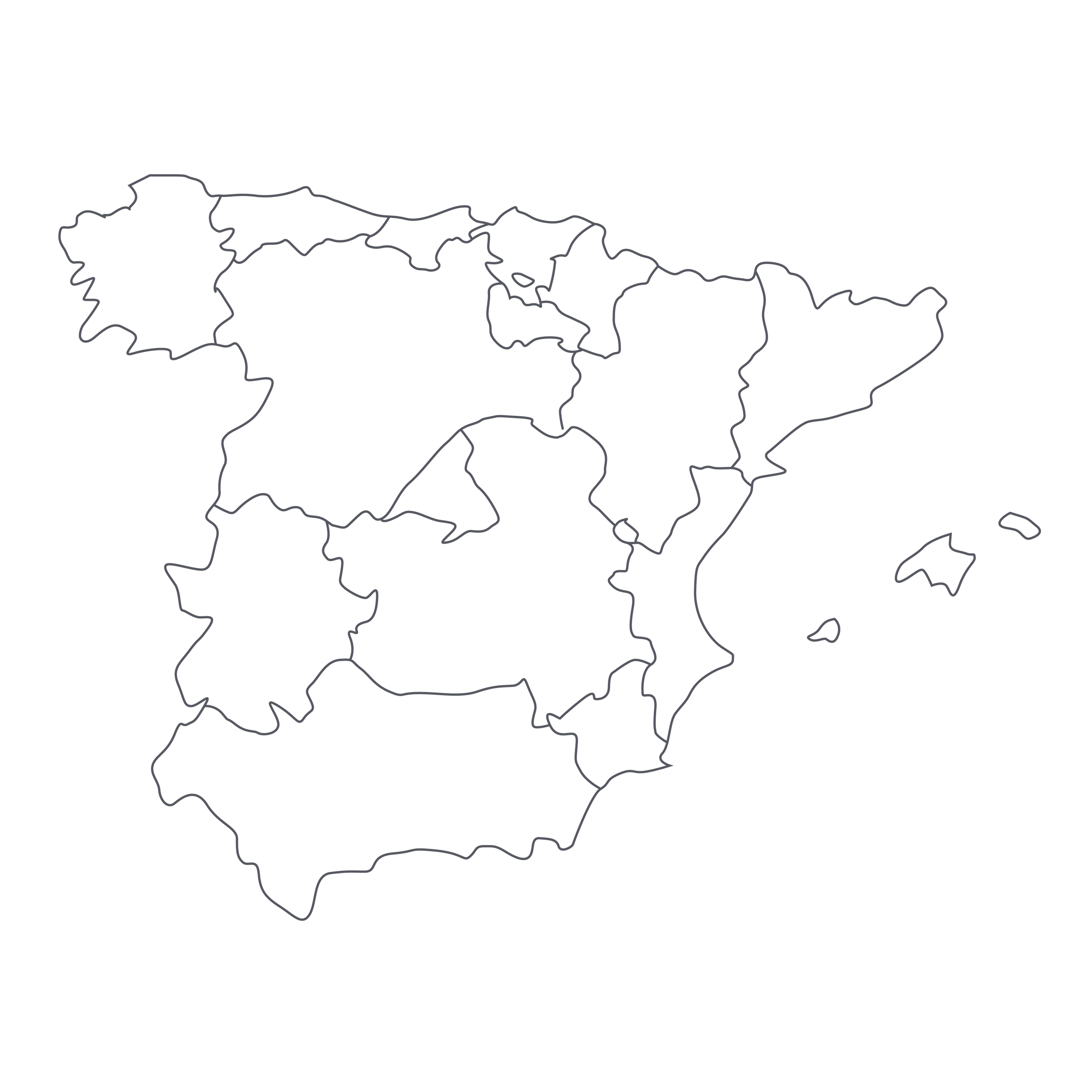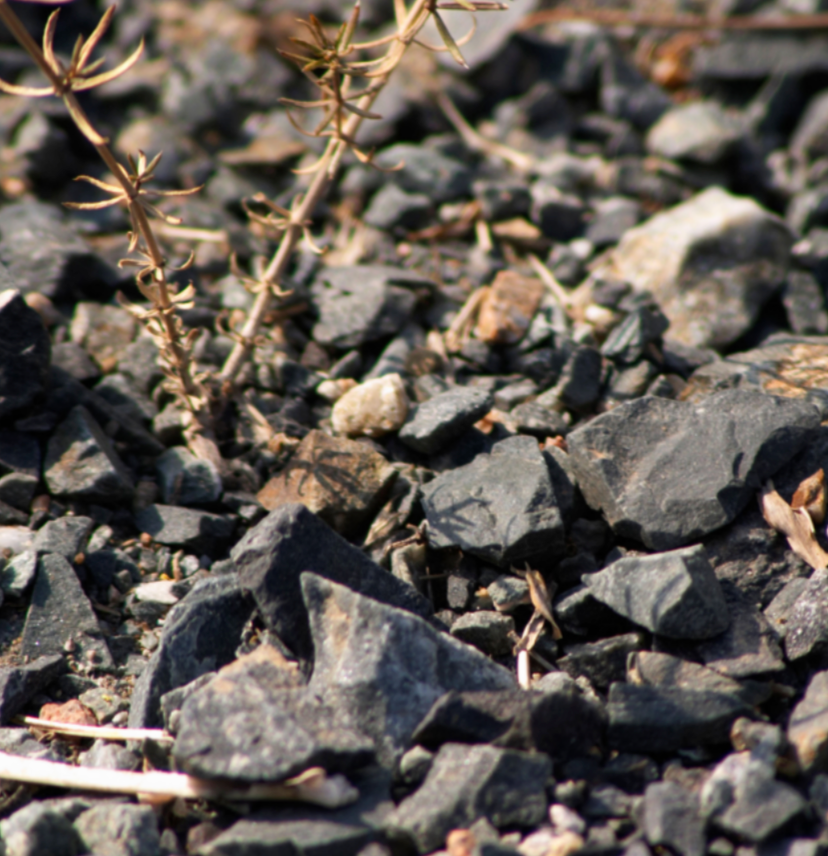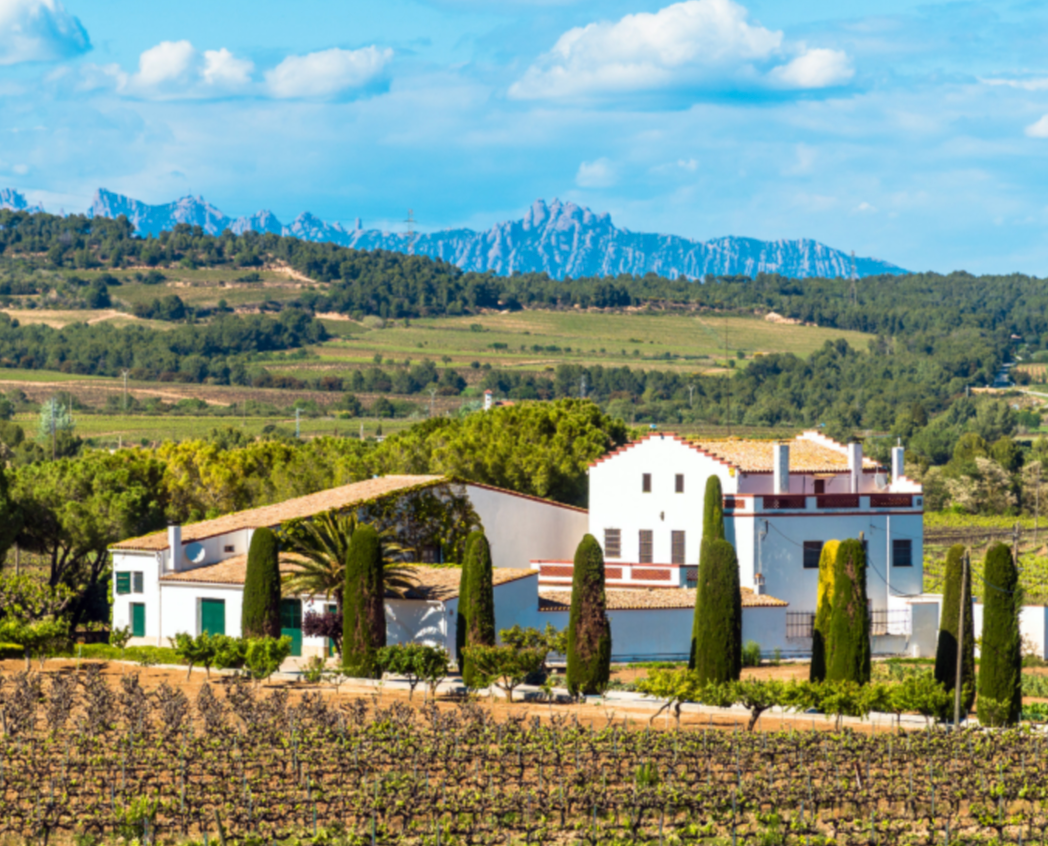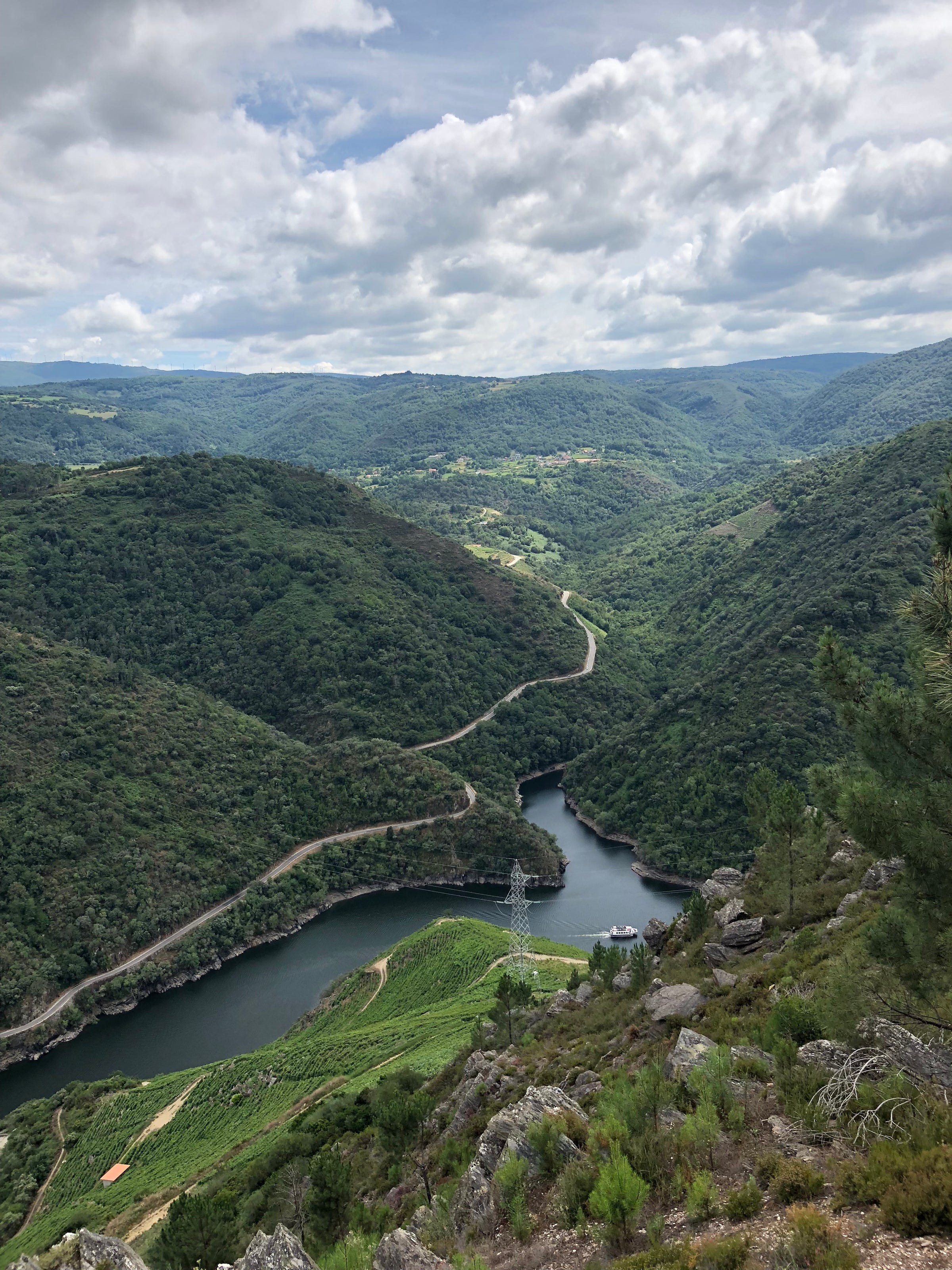The longer I work in the wine world, the more I appreciate a bottle like Finca Montote’s 2014 Rioja Reserva: It’s not a genre-bending natty wine or a big-league blockbuster commanding an exorbitant price, nor is it a trendy grape from some previously unheralded region. It’s just a stone-cold classic.
This is delicious Rioja loaded with dusty earth, dark and supple red fruits, and telltale coconut husk flavors. It’s almost a decade old, too, yet it has the structure to go for another decade should you desire. It’s an incredible value, barely inching over the $30 mark despite representing four generations worth of artisanal winemaking. And above all, it tastes deeply of the place it comes from; a bottle that could only be produced in this special pocket of Spain. Truth is, I don’t have a hard sell here, a “you have to taste this” pitch. For this price, with this pedigree, and the amount of pleasure packed into the bottle, all I can say is: What more could you ask for?
Finca Montote is located in the Rioja Oriental, the eastern and lower-elevation portion of Rioja. This is, admittedly, not the glitzy epicenter of Spain’s most famous region. The big names of Rioja like CVNE and Lopez de Heredia are to the west, centered around Haro. But it is those big names’ secret weapon. For decades, the region’s best-known producers have purchased fruit from Rioja Oriental (until 2018 known as “Rioja Baja”) to add power and weight to their sometimes too-thin estate wines. Most of the Rioja Oriental consisted of dedicated growers, not winemakers, who were all too happy to send their fruit west. Only in the past 10 years or so have we seen renewed interest in this subzone unto itself, where producers like Finca Montote are making their mark with bold and luxuriant Rioja bottlings.
rn
Rioja Oriental was long thought of as ground zero for Garnacha. The lower elevations, higher daytime temperatures, and more alluvial soils compared to Riojas Alta and Alavesa seemed to be prime terroir for ripe and powerful Garnacha. But producers like Montote have found that those same factors produce singular Tempranillo. Often high-toned and acidic in other locales, Tempranillo turns toward darker purple and black fruits and unique cola spice in the Oriental. Montote’s experience with these varieties in this place is unmatched; the Rubio family in charge here farm some of the very oldest Tempranillo (and the oldest Garnacha) in all of Rioja. After manual harvest, Montote’s 100% Tempranillo Rioja Reserva is aged in American oak for a year and then slumbers quietly for over a half-decade in bottle before being released.
rn
As might be expected out of an almost nine-year-old bottling, Finca Montote’s Rioja Reserva is ready to go as soon as you pop the cork. It pours a deep violet with hints of ruby and slight bricking at the rim. The nose explodes with crushed brambly blackberries, raspberries, dried black cherries, cola spice, dark chocolate, saddle leather, vanilla, and coconut husk aromas. The palate is plush and luscious, with moderate, slightly chewy tannins and juicy acidity, and incredible depth to the darker fruit tones. It’s undeniably a powerful, full-throated expression of Rioja but it sings with a deep sense of classicism. This is just a pitch-perfect, bankable bottle when you need that undeniably great bottle that won’t empty your wallet. We can never have enough of those!







